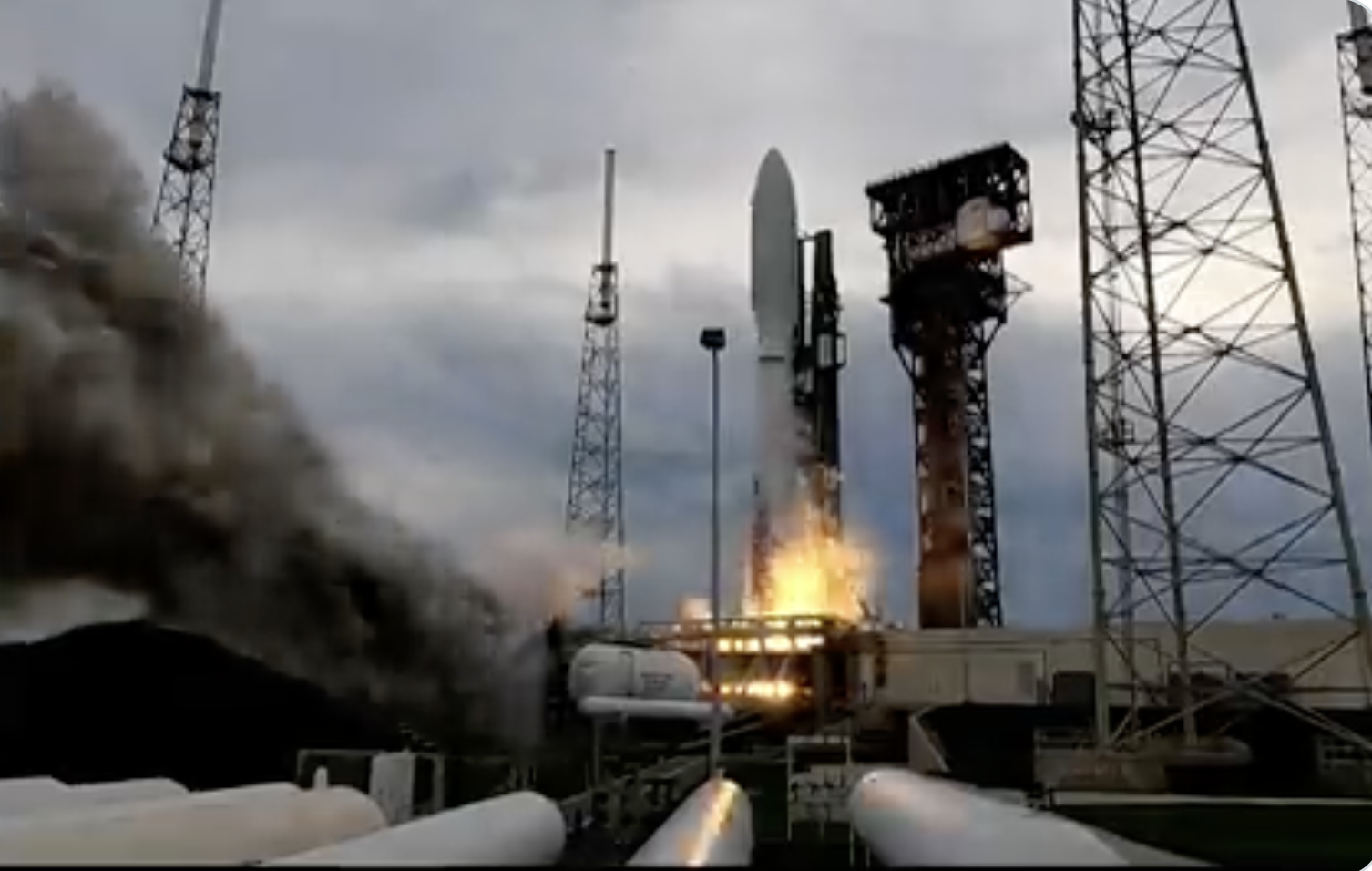Products You May Like
The $1.1 billion USSF-12 mission flew to geosynchronous Earth orbit
WASHINGTON — A United Launch Alliance Atlas 5 rocket on July 1 launched the USSF-12 mission for the U.S. Space Force. The rocket lifted off at 7:15 p.m. Eastern from Space Launch Complex-41 at Cape Canaveral Space Force Station, Florida.
The $1.1 billion USSF-12 mission to geosynchronous Earth orbit carried two satellites: the Wide Field of View (WFOV) missile-warning spacecraft for the U.S. Space Force, and a ring-shaped payload adapter with six classified smallsat experiments for DoD’s Space Test Program.
This was the 94th mission of the Atlas 5 rocket. The vehicle’s first stage was powered by an RD-180 engine and four solid rocket boosters, and the Centaur upper stage by an Aerojet Rocketdyne RL10C-1 engine. To encapsulate the satellites, ULA used a 5.4-meter diameter payload fairing made by Beyond Gravity (formerly RUAG Space).
USSF-12 was originally scheduled to fly in April but was delayed for undisclosed reasons. A June 30 launch attempt was scrubbed due to bad weather conditions.
WFOV is a mid-sized spacecraft made by Millennium Space Systems with an infrared sensor payload developed by L3Harris Technologies under a 2016 contract from the U.S. Air Force. WFOV is a testbed satellite, meaning that it is not part of an operational missile-warning constellation but a stand-alone experiment.
At 1,000 kilograms, WFOV is about one-fourth the size of the Space Based Infrared System (SBIRS) spacecraft that currently perform strategic and tactical missile warning for the Defense Department. ULA will launch the SBIRS-6 satellite in late July.
The WFOV satellite, equipped with a staring sensor, will be used to test different ways to collect and report missile launch data. The Space Force said the research will inform the design of future missile-warning satellites. WFOV will be able to continuously monitor up to one-third of the Earth’s surface.
The ring-shaped smallsat carrier payload, known as a propulsive ESPA ring, was built by Northrop Grumman.
Both satellites on USSF-12 are scheduled to reach orbit six hours after liftoff, a trajectory requiring three Centaur engine burns. ULA used an in-flight power system to keep the WFOV satellite’s batteries topped off throughout the six-hour flight to geosynchronous orbit.
